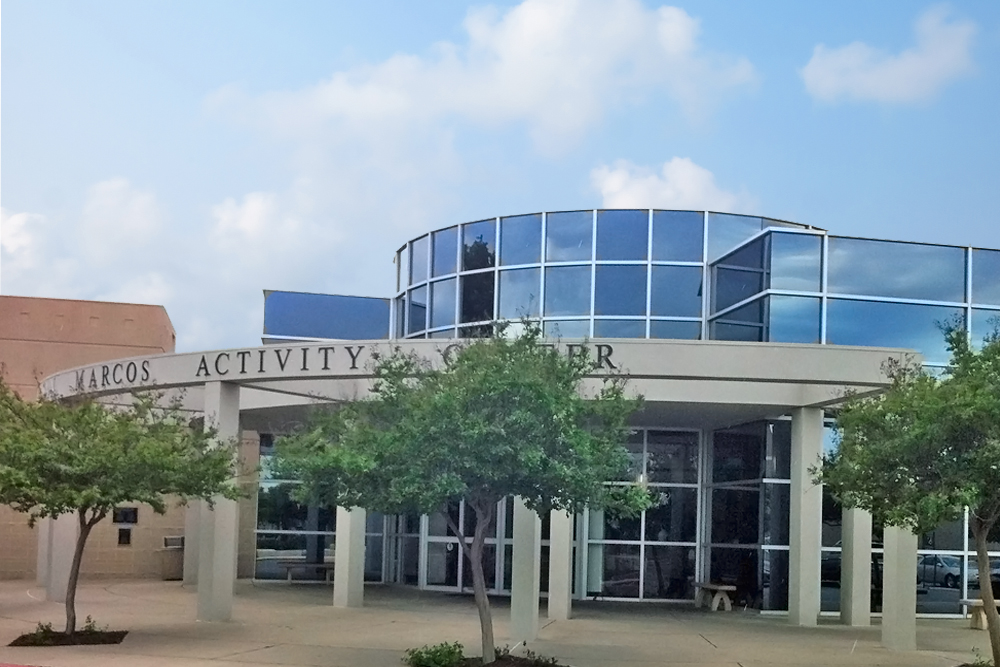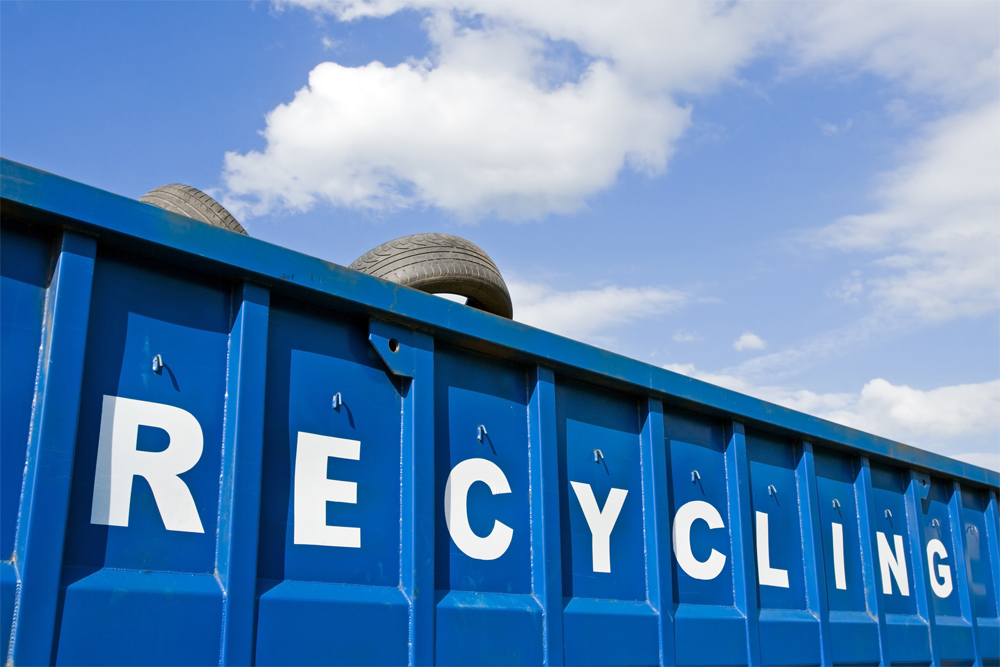
Scrap And Used Tires Find New Life
Have you ever wondered what happens to your used tires when you buy new ones? If they are not disposed of properly, they create breeding grounds for disease-carrying mosquitos and contribute to the problem of illegal tire dumping.
In Texas, unsightly piles of used and scrap tires are being turned into fuel or used as mulch in landscapes.
For the past three years the number of tires being recycled or repurposed has gone from 35.5 percent in 2015 to 44 percent in 2017—an 8.2 percent increase in tires being recycled or repurposed.
Of the scrap or used tires collected, the main end-uses include tire-derived fuel sources, crumb rubber production, land reclamation projects, other beneficial uses, and other types of recycling.
Santos Olivarez, the Business and Program Services work leader of the TCEQ’s Waste Permits Division Scrap Tire Program, says “The increase in tires being recycled can be attributed to a combination of factors, such as proper handling of tires and better reporting. Growth in the state and tires from salvage cars as a result of Hurricane Harvey are two factors that contributed to the increase in the number of tires handled through the program.”
During fiscal years 2016 and 2017, the TCEQ’s Regional Solid Waste Grants Program, through partnerships with the 24 regional Councils of Government, funded 238 projects totaling $6,226,775.99—almost $357,895 of which was spent on the collecting, disposing, and recycling of tires.
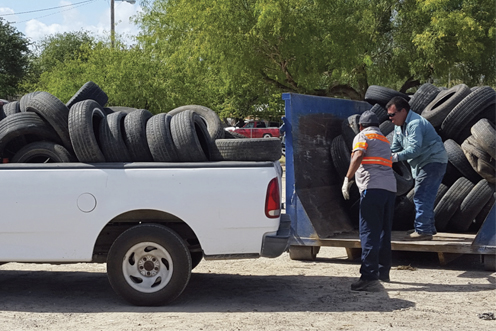
Successful Projects:
- Ark-Tex Council of Governments conducted a project focusing on litter/illegal dumping cleanups and community collection events. As part of this effort 2,250 scrap tires were disposed of and recycled.
- Golden Crescent Regional Planning Commission’s regional advisory committee collected, disposed of, and recycled more than 52 tons of tires through its tire recycling campaign.
- Lower Rio Grande Valley Development Council used funding to initiate the Road to Recycling Rio Grande Valley Regional Tire Collection Project to support responsible tire waste disposal and capacity concerns. Through combined efforts of regional resources, more than 42,000 used tires were collected, properly disposed of, and recycled.
- Rio Grande Council of Governments in El Paso County disposed of and recycled 6,192 passenger tires.
These projects were successful due to the collaborations between counties, cities, school districts, nonprofits, and local businesses. Details of these projects are available in the Regional Solid Waste Grants Program Funding Report, Fiscal Years 2016/2017.
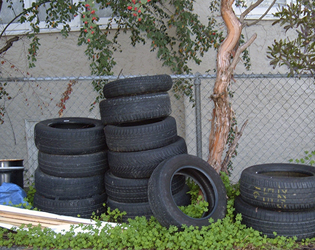
How are tires re-used, recycled, or disposed of?
Tire-derived fuel
The most common use of scrap and used tires is as a tire-derived fuel source. In 2017, tire-derived fuel accounted for 13.5 million (31 percent) of the 44 million tires managed.
13.2 million of these were used as TDF at six of the eight energy-recovery scrap tire facilities with active registrations in Texas.
The remaining 300,000 tires were transported outside the state for use as TDF.
Landfill disposal
Over the past three years the percentage of tires taken to landfills has remained constant despite the increase in tires being generated (mostly from the residual effects of Hurricane Harvey and flooded vehicles being salvaged).
In total, 10.7 million (25 percent) of the used and scrap tires were disposed of in municipal solid waste landfills. These tires were split, quartered, or shredded before they were disposed of in a landfill.
Crumb rubber
Rubberized asphalt is the largest market for crumb rubber. Crumb rubber can be blended into asphalt and used in various roadway projects, or as an infill for synthetic turf fields.
A total of 7.8 million (18 percent) used and/or scrap tires were recycled to produce crumb rubber in 2017. To produce crumb rubber, steel and tire cords are removed and tire shreds are ground to a granular consistency to reduce the size of the particles.

Other beneficial uses
Other beneficial uses of tires accounted for 5.6 million (13 percent) of the used and scrap tires managed in 2017 in Texas. Beneficial uses include identification of usable tires and their resale, and production of tire mulch for landscaping.
Other recycling
Of the 44 million tires managed in 2017, approximately 2 million (4 percent) were recycled. A tire is considered recycled when it can no longer be used and has been collected, separated, or processed and returned to use in the form of raw materials in the production of new products. 1.7 million tires were processed to produce mulch, and approximately 200,000 tires were recycled to recover wire and steel.
Scrap tire management challenges and opportunities
The TCEQ continues to make significant gains in addressing scrap tire management issues and reducing the number of unauthorized scrap tires stockpiled in Texas. Regulations are designed to facilitate the safe management of tires and reduce the effects to human life and the environment. This is a challenging problem and there is still work to be done.
There are many new opportunities for educating the public and reducing tire stockpiles:
- funding more cleanup efforts for existing and newly created tire stockpiles,
- expanding existing markets or developing new markets for tire-related products, including transportation-related uses, and
- minimizing the illegal dumping of scrap tires through public education and engaging law enforcement.
Clean-up effort in San Antonio disposes of 1.2 million scrap and used tires
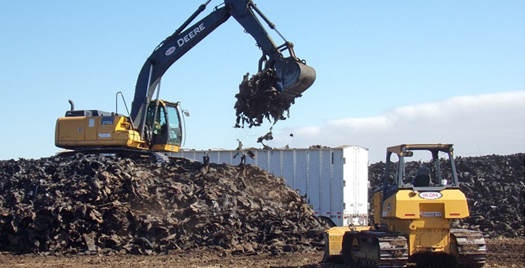
The TCEQ worked together with a new owner on Applewhite Road to coordinate a cleanup of an abandoned tire site.
TCEQ staff provided crucial assistance to remove 1.2 million scrap tires and tire pieces from the property.
The TCEQ worked with authorized transporters, processors, and end users to dispose of the tires. “The clean-up effort was a good example of coordination and collaboration” stated Cameron Lopez, Waste Section manager, San Antonio regional office.

Source: Texas Commission on Environmental Quality






